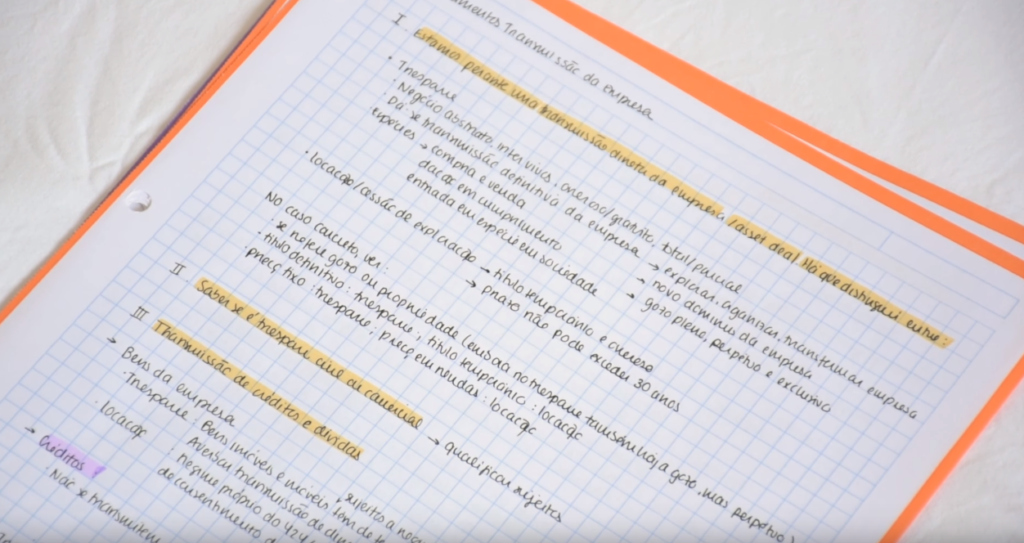Learning how to make effective study guides can really help you achieve a better grade and prepare you for future tests and exams.
But what is a study guide?

A study guide is mainly a document where you write everything you need to know for you evaluation, point for point, in the most condensed way possible.
It is similar to an outline in that way that it’s meant to be a quick guide to solve any questions related to your material, a light set of pages that you can tuck in your backpack and use to revise for your test if you commute for school or before going to bed.
So what do you need to create your own study guide?
Simply grab the most complete source of information you have for the specific material you need to learn and stick with that source only. In my case, it’s my science textbooks. Afterwards, you just need a pen and a piece of paper.
Generally I will create a study guide for each chapter in my textbook and my goal is to keep each guide to a maximum of two pages, so I have a sheet of paper for each chapter.
If you procrastinate and left all of your studying for the end of the term or year, it is also possible to create all study guides out of a textbook in a few days but your laziness will not be worth the effort. You may try to get your tutor to help you create one.
I advise you to start as soon as you can, because in that way you can study during the semester and have all of your preparatory material ready for finals week as soon as it arrives.
Normally, I will read my textbook before class so I am aware of the topics that we will be addressing and one of the best ways to prepare myself better is to read the lectured lessons in my textbook.
As I do so, I highlight any relevant information I can find – and that means highlighting only 5 or 10 percent of that page and mainly keywords.
There are tons of information in textbooks that will be totally irrelevant for your studying, like page references, overly repetitive information, and self-explanatory material.
Your goal is to really force your way through the textbook and see what is actually new or interesting and what you think you won’t remember just by logical thinking.
This takes a bit of practice but as you experiment with different textbooks and different ways to highlight information you will be surprised at the amount of unnecessary words they just throw at you and force you to memorize, although you don’t really need to.
When you finish reading a chapter just look at the highlighted information you have in front of you. Your goal now is to use bullet journaling principles to write your study guide.
By bullet journal principles I mean, using a bullet form to write sentences and connect information, use the simplest phrasing and vocabulary you can find and break down bigger paragraphs, sentences and ideas to smaller chunks of information.
Keep colors to a minimum, using a very simple color code (if any) and don’t worry about cramping information – that’s the point of a study guide, a document with condensed material, one or two pages that you trust to contain all you need to learn for your test.
Also, if you need to, don’t hesitate to use symbols to identify examples or definitions. The more concise, the better.
After that, you are done!

